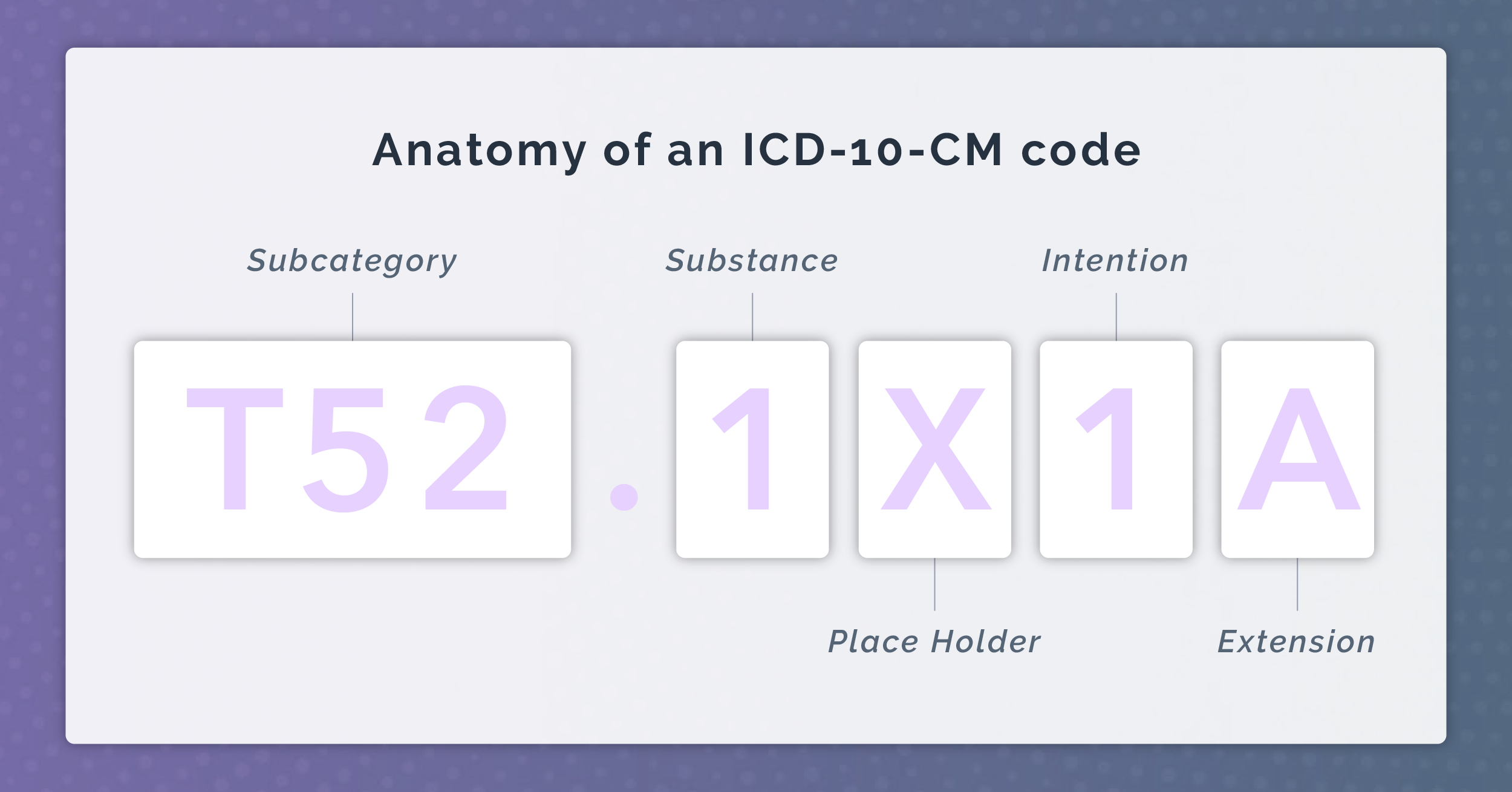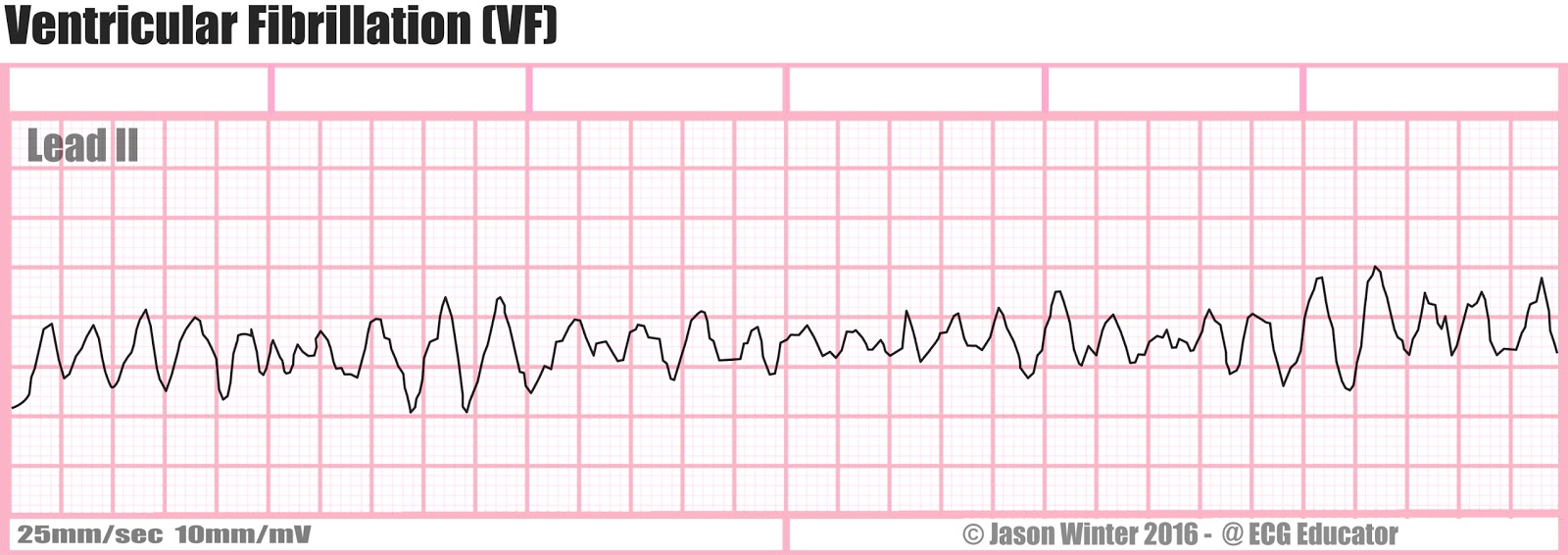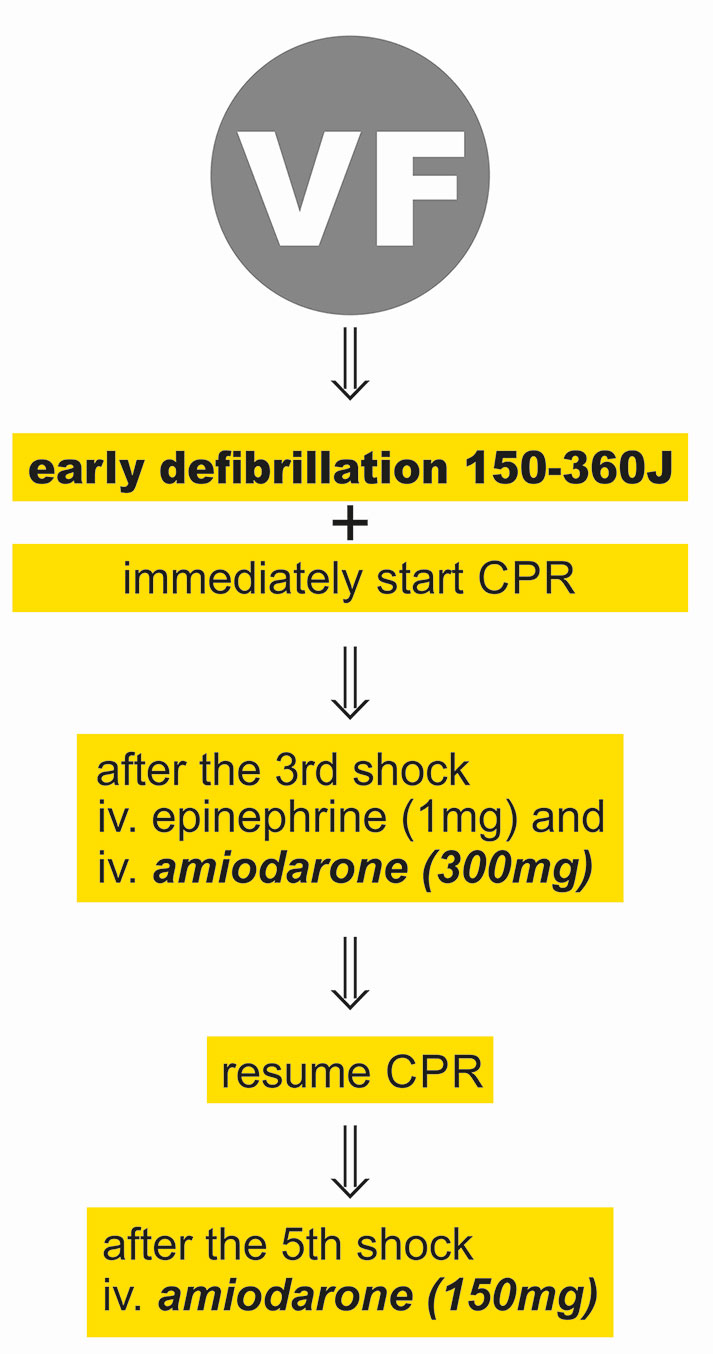V Fib Arrest Icd 10 - The appropriate icd‐9 code for ventricular tachycardia is 427.1 (hcc 96), paroxysmal ventricular tachycardia, (with or without. I49.01 is a specific code for ventricular fibrillation, a potentially lethal cardiac arrhythmia that prevents effective cardiac output. It contains codes for diseases, signs and symptoms, abnormal findings, complaints, social circumstances, and external causes of injury or.
It contains codes for diseases, signs and symptoms, abnormal findings, complaints, social circumstances, and external causes of injury or. The appropriate icd‐9 code for ventricular tachycardia is 427.1 (hcc 96), paroxysmal ventricular tachycardia, (with or without. I49.01 is a specific code for ventricular fibrillation, a potentially lethal cardiac arrhythmia that prevents effective cardiac output.
The appropriate icd‐9 code for ventricular tachycardia is 427.1 (hcc 96), paroxysmal ventricular tachycardia, (with or without. It contains codes for diseases, signs and symptoms, abnormal findings, complaints, social circumstances, and external causes of injury or. I49.01 is a specific code for ventricular fibrillation, a potentially lethal cardiac arrhythmia that prevents effective cardiac output.
Icd 10 Code For Nstemi, Vfib Arrest
I49.01 is a specific code for ventricular fibrillation, a potentially lethal cardiac arrhythmia that prevents effective cardiac output. It contains codes for diseases, signs and symptoms, abnormal findings, complaints, social circumstances, and external causes of injury or. The appropriate icd‐9 code for ventricular tachycardia is 427.1 (hcc 96), paroxysmal ventricular tachycardia, (with or without.
Ventricular Fibrillation (VFib) Symptoms & Treatment
I49.01 is a specific code for ventricular fibrillation, a potentially lethal cardiac arrhythmia that prevents effective cardiac output. The appropriate icd‐9 code for ventricular tachycardia is 427.1 (hcc 96), paroxysmal ventricular tachycardia, (with or without. It contains codes for diseases, signs and symptoms, abnormal findings, complaints, social circumstances, and external causes of injury or.
Shockresistant ventricular fibrillation International Journal of
I49.01 is a specific code for ventricular fibrillation, a potentially lethal cardiac arrhythmia that prevents effective cardiac output. The appropriate icd‐9 code for ventricular tachycardia is 427.1 (hcc 96), paroxysmal ventricular tachycardia, (with or without. It contains codes for diseases, signs and symptoms, abnormal findings, complaints, social circumstances, and external causes of injury or.
Ventricular Fibrillation (VFib) ECG Interpretation Nursing Heart
I49.01 is a specific code for ventricular fibrillation, a potentially lethal cardiac arrhythmia that prevents effective cardiac output. The appropriate icd‐9 code for ventricular tachycardia is 427.1 (hcc 96), paroxysmal ventricular tachycardia, (with or without. It contains codes for diseases, signs and symptoms, abnormal findings, complaints, social circumstances, and external causes of injury or.
What are the Two Shockable Rhythms in Cardiac Arrest? Free CPR Training
I49.01 is a specific code for ventricular fibrillation, a potentially lethal cardiac arrhythmia that prevents effective cardiac output. It contains codes for diseases, signs and symptoms, abnormal findings, complaints, social circumstances, and external causes of injury or. The appropriate icd‐9 code for ventricular tachycardia is 427.1 (hcc 96), paroxysmal ventricular tachycardia, (with or without.
ECG Educator Blog Ventricular Fibrillation (VF)
The appropriate icd‐9 code for ventricular tachycardia is 427.1 (hcc 96), paroxysmal ventricular tachycardia, (with or without. I49.01 is a specific code for ventricular fibrillation, a potentially lethal cardiac arrhythmia that prevents effective cardiac output. It contains codes for diseases, signs and symptoms, abnormal findings, complaints, social circumstances, and external causes of injury or.
Emergency Response for the Workplace ppt download
The appropriate icd‐9 code for ventricular tachycardia is 427.1 (hcc 96), paroxysmal ventricular tachycardia, (with or without. I49.01 is a specific code for ventricular fibrillation, a potentially lethal cardiac arrhythmia that prevents effective cardiac output. It contains codes for diseases, signs and symptoms, abnormal findings, complaints, social circumstances, and external causes of injury or.
Frontiers Handling of Ventricular Fibrillation in the Emergency
It contains codes for diseases, signs and symptoms, abnormal findings, complaints, social circumstances, and external causes of injury or. The appropriate icd‐9 code for ventricular tachycardia is 427.1 (hcc 96), paroxysmal ventricular tachycardia, (with or without. I49.01 is a specific code for ventricular fibrillation, a potentially lethal cardiac arrhythmia that prevents effective cardiac output.
Frontiers Handling of Ventricular Fibrillation in the Emergency
The appropriate icd‐9 code for ventricular tachycardia is 427.1 (hcc 96), paroxysmal ventricular tachycardia, (with or without. I49.01 is a specific code for ventricular fibrillation, a potentially lethal cardiac arrhythmia that prevents effective cardiac output. It contains codes for diseases, signs and symptoms, abnormal findings, complaints, social circumstances, and external causes of injury or.
A Printout of the implantable cardiac defibrillator (ICD) during
The appropriate icd‐9 code for ventricular tachycardia is 427.1 (hcc 96), paroxysmal ventricular tachycardia, (with or without. It contains codes for diseases, signs and symptoms, abnormal findings, complaints, social circumstances, and external causes of injury or. I49.01 is a specific code for ventricular fibrillation, a potentially lethal cardiac arrhythmia that prevents effective cardiac output.
The Appropriate Icd‐9 Code For Ventricular Tachycardia Is 427.1 (Hcc 96), Paroxysmal Ventricular Tachycardia, (With Or Without.
I49.01 is a specific code for ventricular fibrillation, a potentially lethal cardiac arrhythmia that prevents effective cardiac output. It contains codes for diseases, signs and symptoms, abnormal findings, complaints, social circumstances, and external causes of injury or.






+SCA%3DSudden+Cardiac+Arrest.jpg)


